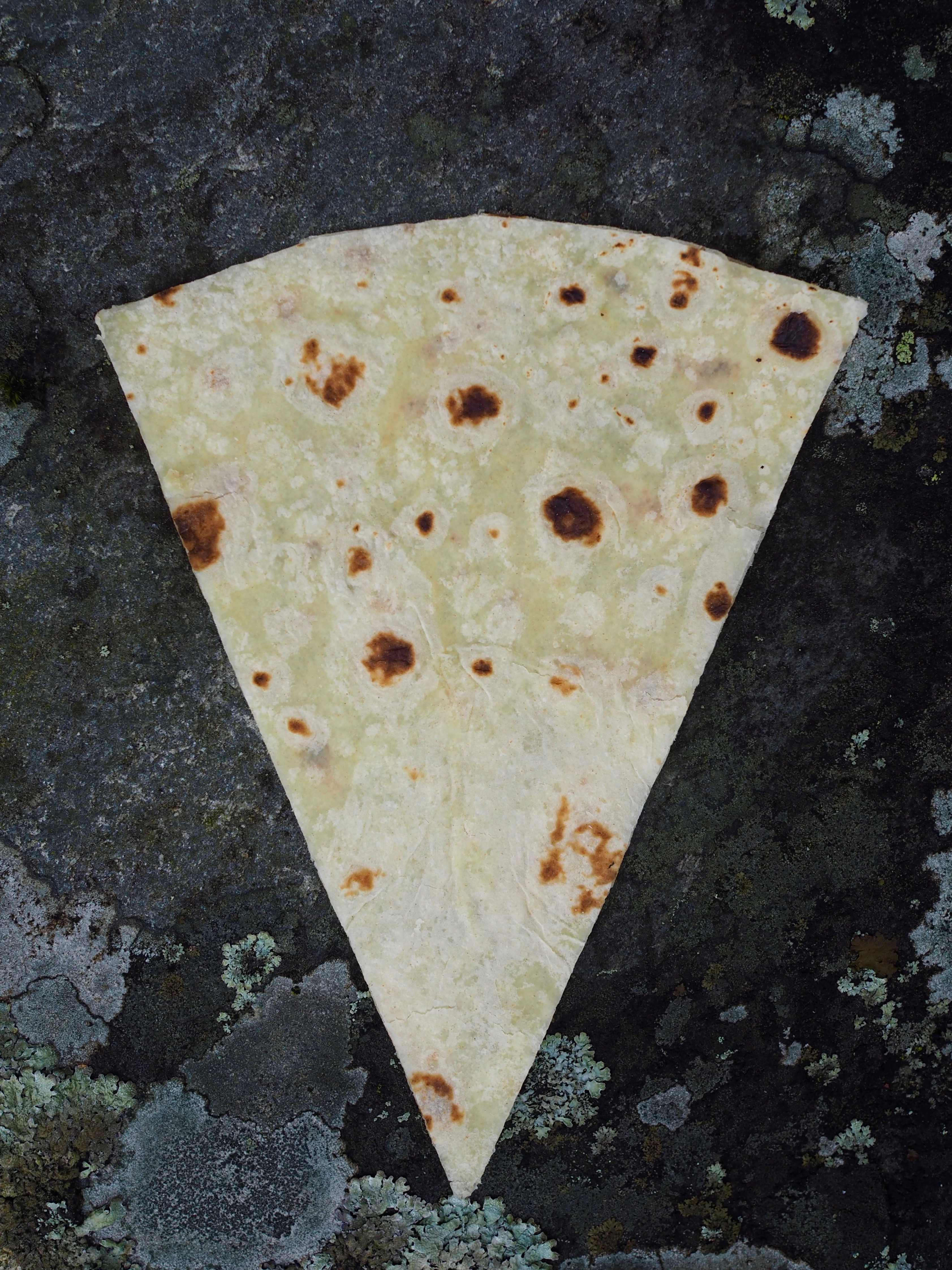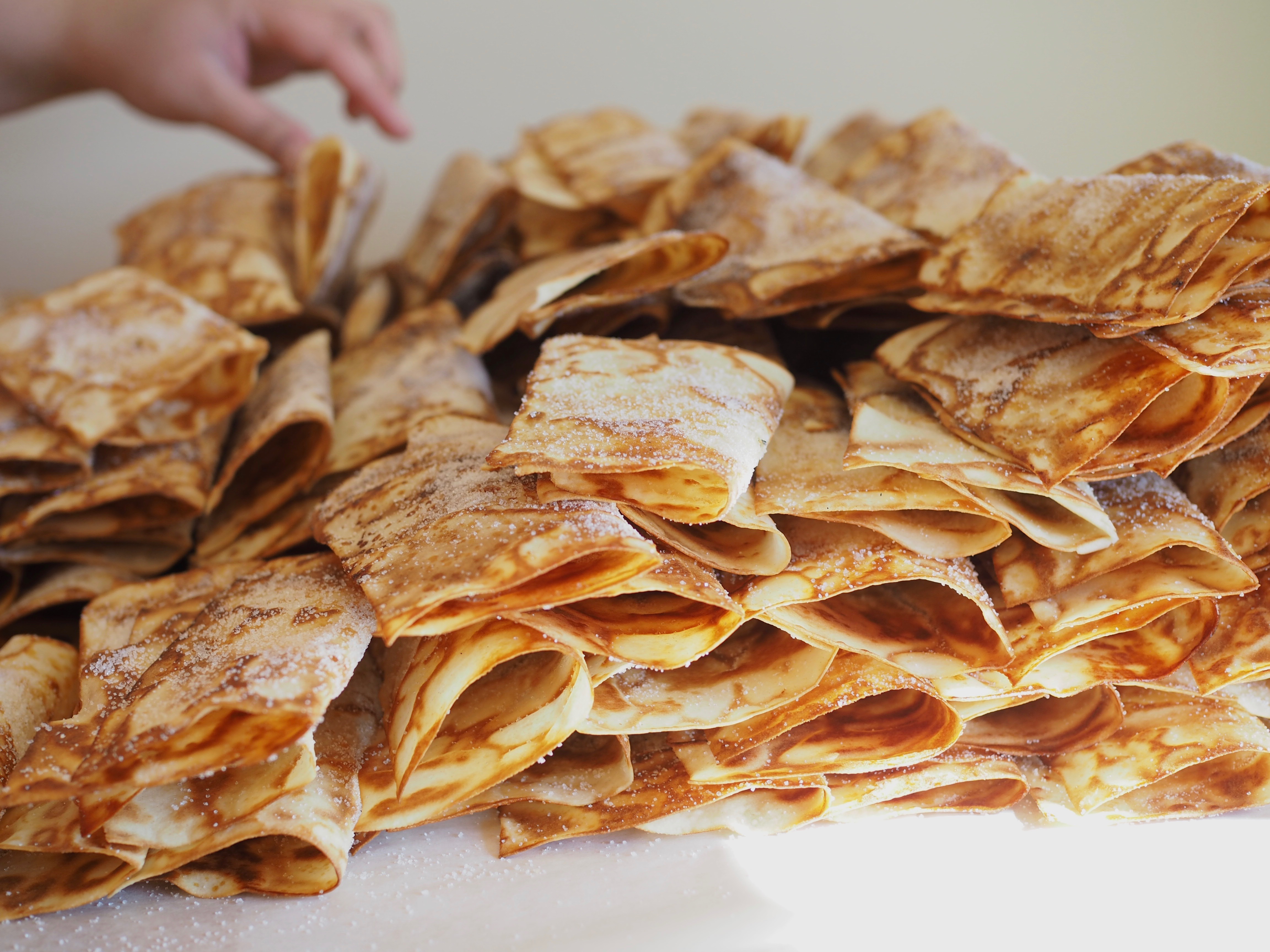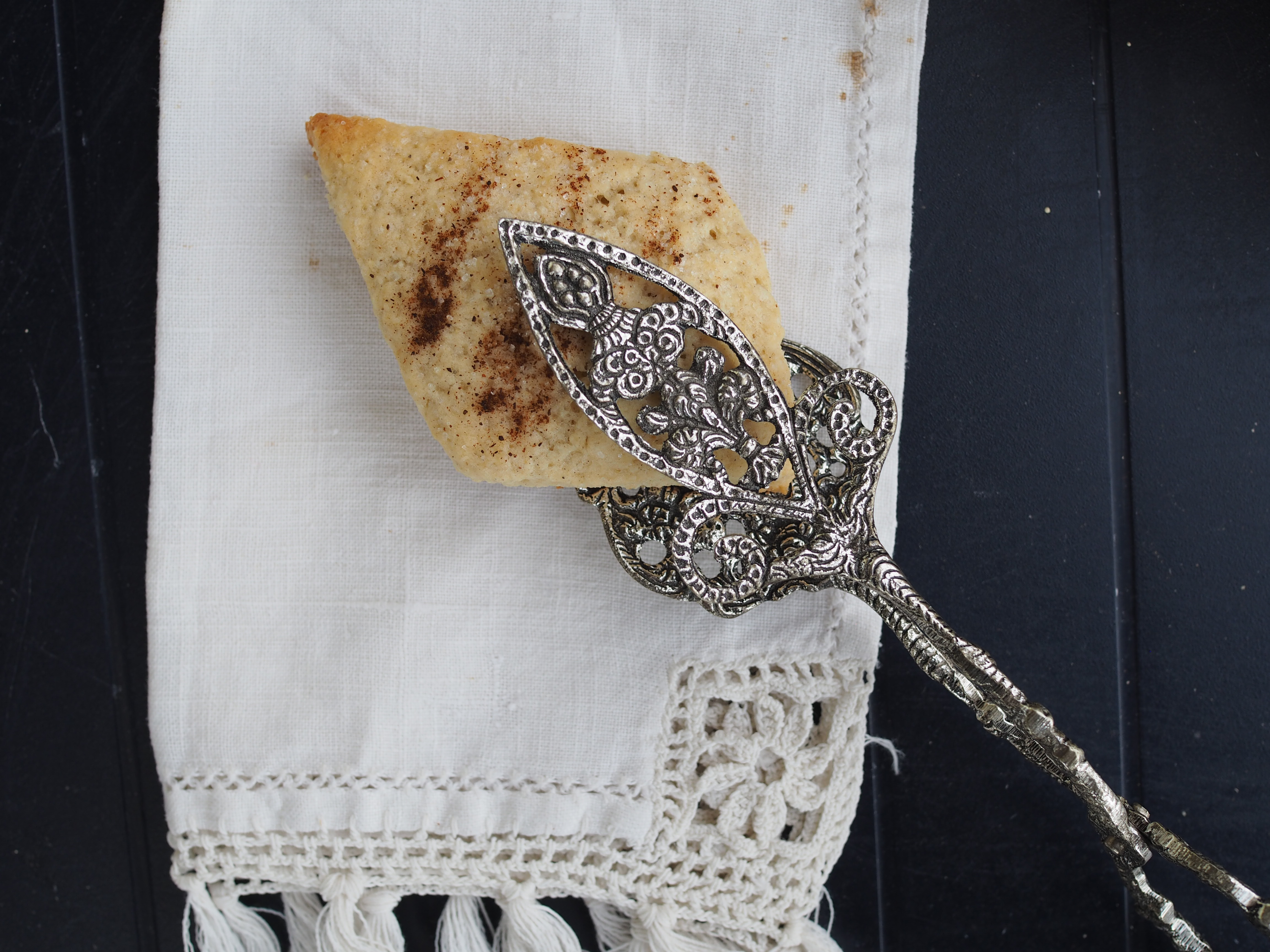
 My second visit to Uvdalsleiven Tradisjonsbakst is underway and as I draw nearer to the bakery, I pass the Nore og Uvdal Bygdetun with Uvdal’s stave church towering above the hill; a reminder of the days past and the history of this place. The horses have come to graze nearby and I stop for a moment to take in the surroundings. There’s a peacefulness in Numedal, in the towns which lie throughout. Enriched by gentle people, the structures of their labor and their heritage amidst a landscape of pure, unadulterated nature. I’m reminded how food has shaped and been shaped by the culture, and how certain delicacies remain as pure as the landscape. One such iconic product, which is so commonplace and at the same time ensues such nostalgia and longing for, is kling.
My second visit to Uvdalsleiven Tradisjonsbakst is underway and as I draw nearer to the bakery, I pass the Nore og Uvdal Bygdetun with Uvdal’s stave church towering above the hill; a reminder of the days past and the history of this place. The horses have come to graze nearby and I stop for a moment to take in the surroundings. There’s a peacefulness in Numedal, in the towns which lie throughout. Enriched by gentle people, the structures of their labor and their heritage amidst a landscape of pure, unadulterated nature. I’m reminded how food has shaped and been shaped by the culture, and how certain delicacies remain as pure as the landscape. One such iconic product, which is so commonplace and at the same time ensues such nostalgia and longing for, is kling.
Tag: numedal
-

Gravlax with Dill-Stewed Potatoes and Mustard Sauce

 Lifting the weight and removing the board revealed a two-day culinary journey. Nothing difficult, nothing too time consuming. An act of osmosis. Curing. Transformation. And as the sharpened knife slowly pierced into the orange-pink, dill-infused delicacy, the thrill of knowing the next time step would be getting a taste reached across to everyone in the kitchen. A smooth, grainy and subtly sweet mustard sauce and a warm, hearty bowl of creamy potatoes dancing with dill to round it all off. Luxury at its finest and also its simplest.
Lifting the weight and removing the board revealed a two-day culinary journey. Nothing difficult, nothing too time consuming. An act of osmosis. Curing. Transformation. And as the sharpened knife slowly pierced into the orange-pink, dill-infused delicacy, the thrill of knowing the next time step would be getting a taste reached across to everyone in the kitchen. A smooth, grainy and subtly sweet mustard sauce and a warm, hearty bowl of creamy potatoes dancing with dill to round it all off. Luxury at its finest and also its simplest.Yet, the delicacy we know today has a much different story than its beginning. Gravlax (gravlaks) first appears in documents from the 1300s, informing us of the preservation methods used during these times. During the Middle Ages, people ate many forms of saltwater and freshwater fish that we continue to enjoy today. Salmon held a special place, valued and desired. Unlike today, where we have greater access to fresh salmon, salmon was more of a prized possession. In fact, in a well-known story about the god Tor, who is referred to as the ‘big eater’, Tor has his fill of eight whole salmon (among other things) at a wedding banquet in Jotunheimen. This gives us an idea as to the value placed on salmon and that protecting the surplus of salmon was important, and worth the risks. (Notaker, Ganens Makt)
-

Far’s Traditional Pinnekjøtt (Lamb Ribs)
Pinnekjøtt. Salty. Rich. Chewy & tender. ‘Tis the season when the year’s hard work of rearing, raising, rounding up, & preserving culminates into a grand finale. For 1.7 million Norwegians, that means pinnekjøtt. And thanks to the lovely ladies at Rollag Stasjon, I got to indulge a little bit earlier this year. They prepare pinnekjøtt from the famous spælsau from Numedal (read more about Numedal). Spælsau has grazed more on scrubland, willow and herbs than other sheep breeds, which gives the meat a more wild feel. The meat has less fat and is well marbled. Raised & processed in Numedal, it is some of the best lamb you can get in Norway. (more…)





 It’s 9.00am when I pass through the open doors of the old barn, overlooking a valley carving its way through the mountainous terrain of Uvdal, Norway. The sun peaks through the grey clouds which have left morning dew on the yellow flowers popping around the well-worn farm. There is a cool breeze, which is welcome in the Uvdalsleiven kitchen, where the takke (griddle) reigns as it exerts its heat in every corner of the room. It’s temperamental. The colder it is inside, the higher its temperature must be. The hotter it is, the lower its temperature. And so it is with the takke, the surroundings effecting it in a way that only an experienced baker can instinctively master. Like a barista, the baker must constantly be in control and make adjusts to produce a quality product. And here at Uvdalsleiven, you can immediately see the symbiotic relationship which creates so much harmony in the kitchen.
It’s 9.00am when I pass through the open doors of the old barn, overlooking a valley carving its way through the mountainous terrain of Uvdal, Norway. The sun peaks through the grey clouds which have left morning dew on the yellow flowers popping around the well-worn farm. There is a cool breeze, which is welcome in the Uvdalsleiven kitchen, where the takke (griddle) reigns as it exerts its heat in every corner of the room. It’s temperamental. The colder it is inside, the higher its temperature must be. The hotter it is, the lower its temperature. And so it is with the takke, the surroundings effecting it in a way that only an experienced baker can instinctively master. Like a barista, the baker must constantly be in control and make adjusts to produce a quality product. And here at Uvdalsleiven, you can immediately see the symbiotic relationship which creates so much harmony in the kitchen. 


 My sister recently collated and copied my Great Grandmother’s recipes as gifts for the whole family. Reading through the recipes brought back so many wonderful memories. Her cookies were always a highlight of our holiday traditions. Cookies that, today, seem classical and perhaps a bit vintage. Something our grandmother grew up with and baked for us in our childhood, but we rarely, if ever, bake in our own kitchens.
My sister recently collated and copied my Great Grandmother’s recipes as gifts for the whole family. Reading through the recipes brought back so many wonderful memories. Her cookies were always a highlight of our holiday traditions. Cookies that, today, seem classical and perhaps a bit vintage. Something our grandmother grew up with and baked for us in our childhood, but we rarely, if ever, bake in our own kitchens.